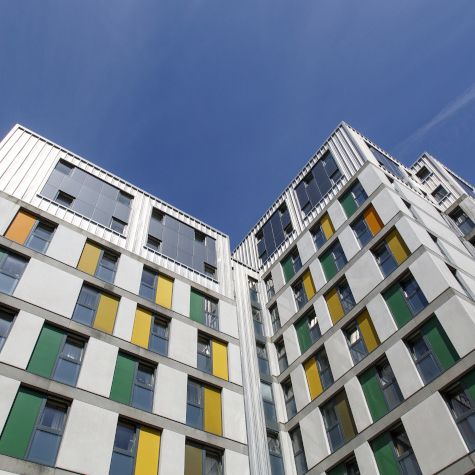At the time of writing, the scandal around the requirement for updated cladding on low to mid-rise buildings has unfortunately still not been resolved. In fact, it has only been in the last couple of weeks that the Government have finally admitted that the ‘fund’ that was announced back in February to help leaseholders replace cladding deemed unsafe did not go nearly far enough.
Why is there so much confusion?
The introduction of the External Wall System form (EWS1) in 2020 was a good step by the Government, to help ensure that tragedies like the Grenfell Tower fire do not happen again. Unfortunately, the way it has been handled has been unclear, as up until July it was required for all residential buildings that have any kind of cladding.
Should the leaseholder of a property of this kind be looking to put their flat on the market, they would need to have a completed EWS1 form before they can sell. However, because the EWS1 form was not originally designed to cover low or mid-rise buildings, this has left many properties valued at zero, simply because the form cannot be completed satisfactorily.
As the cost of having the cladding replaced is so high, many leaseholders are trapped, now not able to sell their flats without first getting the work done. However, this work can often cost in the tens to hundreds of thousands of pounds per leaseholder, leaving them in a tricky situation.
In July, former Housing Secretary Robert Jenrik did announce that buildings under 18 meters in height do not need an EWS1 form. Regrettably though, the official Government advice has not yet been updated, leading to a very mixed message. Lenders base their decisions on advice provided by the Royal Institution of Chartered Surveyors (RICS). However, without an update to the Governmental guidance, RICS are unable to amend their advice. As such, a stalemate currently exists leaving leaseholders caught in the middle.
What needs to happen?
From our perspective, the most pressing thing is for the official Government advice to be updated as soon as possible. This will allow RICS to update their guidance and free lenders up to offer mortgages on these properties again. After all, the risk to low to mid-rise properties is much lower than to high-rise buildings.
Additionally, a review of the assistance available to leaseholders in high-rise tower blocks needs to take place. A solution to the ongoing cladding scandal was recently called for by Boris Johnson, so it will be interesting to see what the Government propose. Whatever it is, surveyors, leaseholders and lenders alike will be waiting to see whether they follow through with a true solution.
Unsure of what the cladding issue might mean for you?
Call our experienced team on 0800 071 5517 or Contact Us.

